Product tracking and tracing is the process of determining the current and past locations of a unique item.
The reasons for tracking a product may be for self-knowledge (i.e., process improvement, inventory management, customer service, etc.) or regulatory (i.e., toys, food, pharmaceuticals, medical devices, etc.).
Tracking a product begins with marking it with an identifier. This can be as simple as a one-dimensional bar code or as complex as a radio frequency identification device (RFID) – the more complex the identifier, the more product information that can be captured.
The following case study describes one such application Global Controls, Inc. successfully applied a variety of technologies to achieve product tracing.
Industry: Medical Consumer Packaged Goods
Application: Counterfeit Prevention and Regulatory Data Acquisition
A medical device manufacturer wanted to begin tracing their consumer product line to prevent counterfeiting and prepare for future regulatory requirements.
The product’s packaging consists of one or multiple components depending on the retailer’s requirements.
They had already been placing a 2D code on the packaging but had not been identifying the individual components within.
Their goal for this project were to verify the package’s contents matched the package’s barcode and capture and store all of the product manufacturing information in their ERP system.
The Process
- Insert the product into the carton, attach a blank RFID tag.
- Write data related to the device to the RFID tag on the carton and a network database.
- Read the RFID and translate, then print and apply the carton’s 2D code.
- Verify the specific level of quality related to 2D code based upon industry standards.
- Read the 2D code and RFID tag to compare. Reject if not a match.
- Read the RFID and place the carton (or multiple cartons if an assembly) into a case, write he RFID data about the case to network database.
- Using the database information on the case print and apply the case’s 1D barcode. (Multiple 1D codes based upon total carton count within the case.)
- Read the 1D barcode(s) and RFID tag(s) to compare. Reject if not a match. (Multiple 1D codes and RFID devices based upon total carton count.)
- If matched, place the case on a tracked pallet and transmit barcodes, RFID tags and pallet ID information to ERP system.
- Monitor response from the ERP system. If passed, the operator placed the case onto the pallet. If failed or timed out, the operator could manually enter the information to the ERP system.
The Global Controls, Inc. Solutions
The product packaging procedure was split into an “inside” process and an “outside” process.
Inside Process
The “inside” portion was a retrofit to existing system. The customer was already grading the labels from a previous project we implemented in 2016, but now they wanted to compare the contents of the case and the label. To accomplish this, we deployed an ultra-high frequency (UHF) receiver to read the tag and modified the existing Omron Microscan ID reader to scan the barcode in addition to grading it. An Allen-Bradley programmable logic controller (PLC) compared the data string from ID reader and the RFID tag and provided a pass/fail result. If passed, the case proceeded to the “outside” process. If failed, the PLC sends a signal to stop the conveyor allowing the operator to determine the error and correct it, if possible.
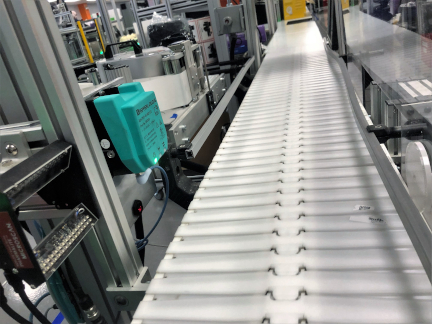
Carton RFID Reader on belt conveyor 
New computer, monitor and status dome light 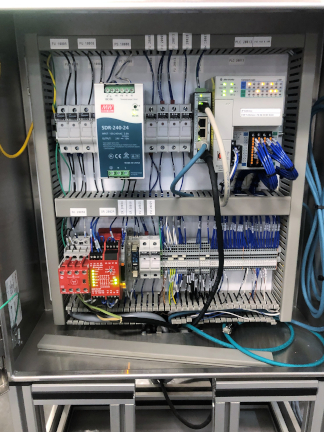
Updated control panel
Outside Process
We deployed additional UHF receivers to read all the tags within the case, sent the information from the tags to a print-and-apply printer and database, and then verified the information printed on the label using a camera-based ID reader. An Allen-Bradley conducted the verification. If matched, the operator “accepts” the case, places it on the pallet and the PLC transmits the data to the ERP system using Allen-Bradley’s FactoryTalk Transaction Manager. If not matched, the PLC sends a signal to stop the conveyor allowing the operator to determine the error and correct it, if possible.
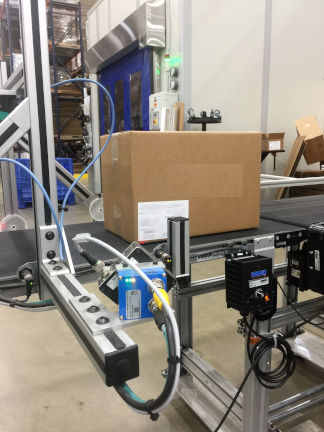
Label ID reader 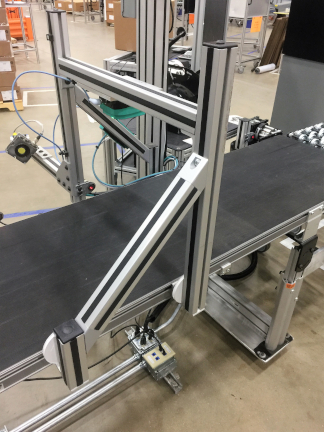
Case RFID and printed label ID readers 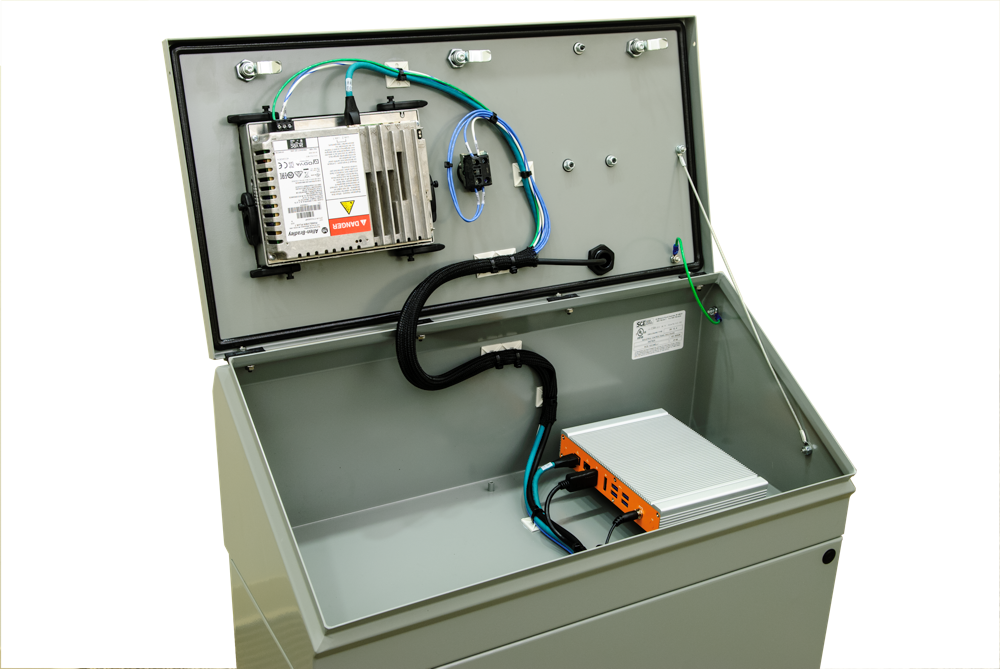
Slope top internals 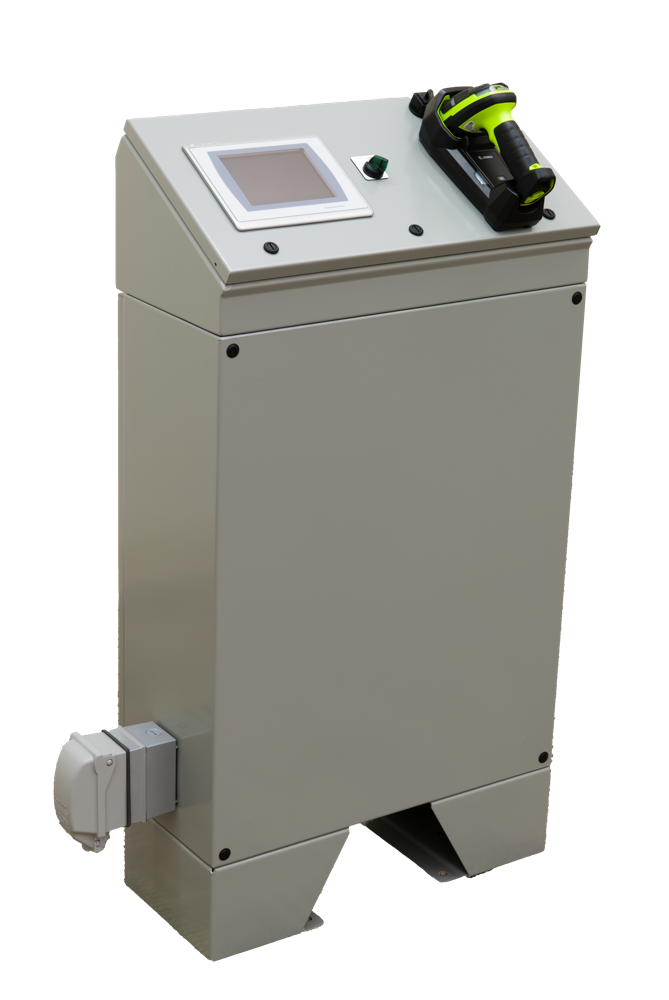
New main enclosure 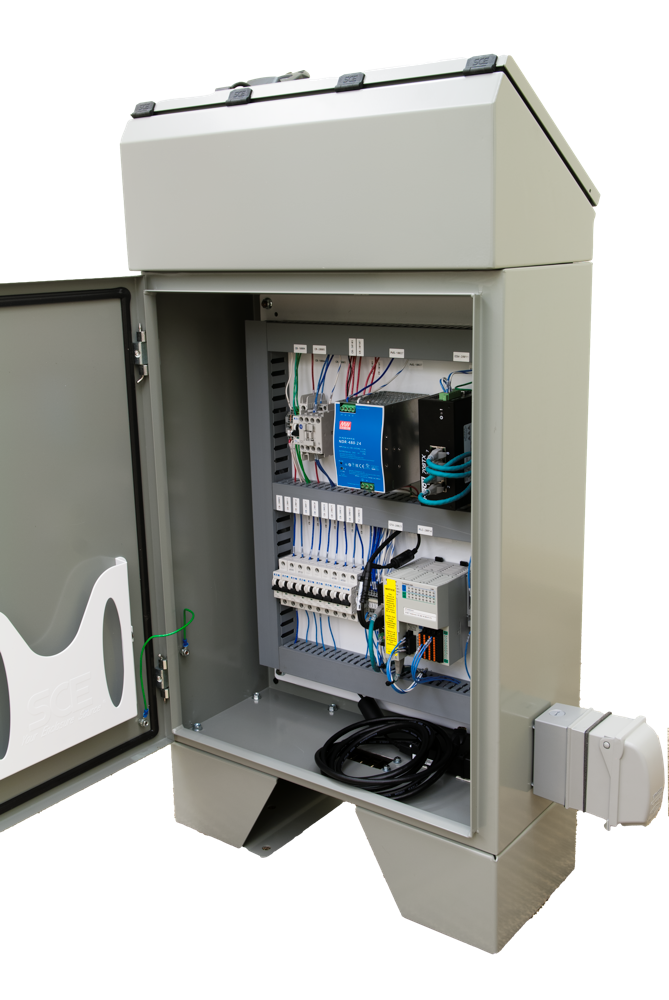
New main control panel
